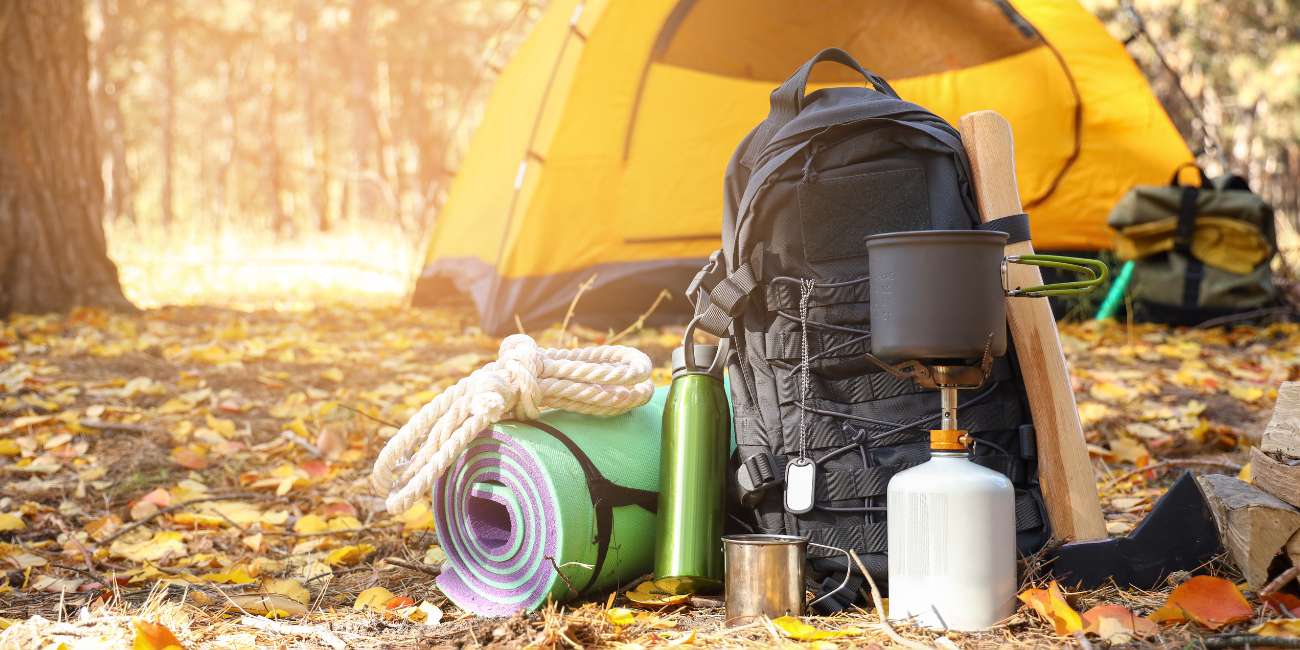Venturing into the wild brings out something primal in everyone. Whether it’s the smell of pine drifting through a mountain breeze or the silence of a remote canyon, time outdoors strips life down to what really matters. But it’s also a test.
Nature doesn’t care if you’ve forgotten your firestarter or packed the wrong sleeping bag. Preparation separates a good experience from a survival story, and it all comes down to having the right gear.
Below is a detailed look at what truly counts when facing the outdoors with confidence and respect. From shelter and clothing to food, tools, and navigation, every piece of equipment plays a critical role in keeping you safe, comfortable, and capable in any condition.
Clothing
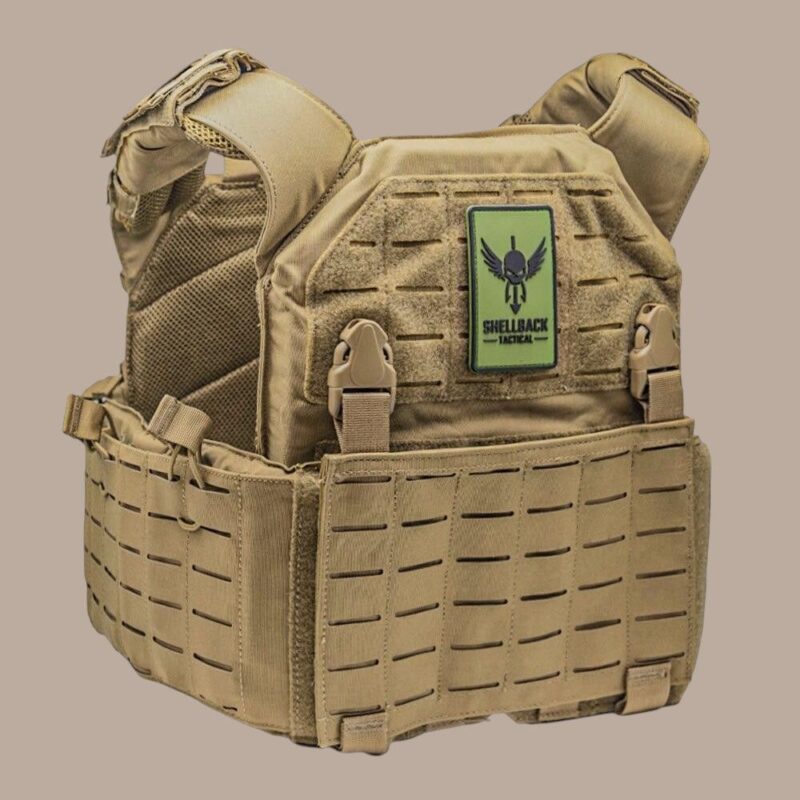
The wrong clothing choice can ruin even the most scenic hike. Dress strategically, layering for warmth, moisture control, and protection.
In harsher environments where debris or impact is a concern, adding shellback plate carriers to your clothing setup offers extra resilience and load-bearing versatility.
The Three-Layer Rule
- Base Layer: Wicks sweat away from your skin. Merino wool or synthetic blends are best.
- Insulating Layer: Traps body heat. Fleece or lightweight down jackets work well.
- Outer Shell: Shields you from wind and rain. Go for waterproof, breathable materials like Gore-Tex or eVent.
Avoid cotton. Once wet, it stays wet and drains heat from your body.
Footwear That Can Handle It
Feet carry you through the wild, so they deserve attention. Waterproof hiking boots with solid ankle support are non-negotiable in rugged terrain. For lighter trips, trail shoes with grippy soles can do the job.
Always break in new boots before any serious expedition. Blisters in the backcountry are both painful and immobilizing.
Accessories
- Wool socks: Keep feet dry and warm. Bring extra pairs.
- Gloves and beanie: Small weight, big comfort difference.
- Gaiters: Protect against mud, snow, or debris.
Shelter
When conditions turn rough, shelter equals survival. Exposure to cold, heat, or moisture can become dangerous faster than most expect. Building your setup around reliable protection from the elements should always come first.
The Tent
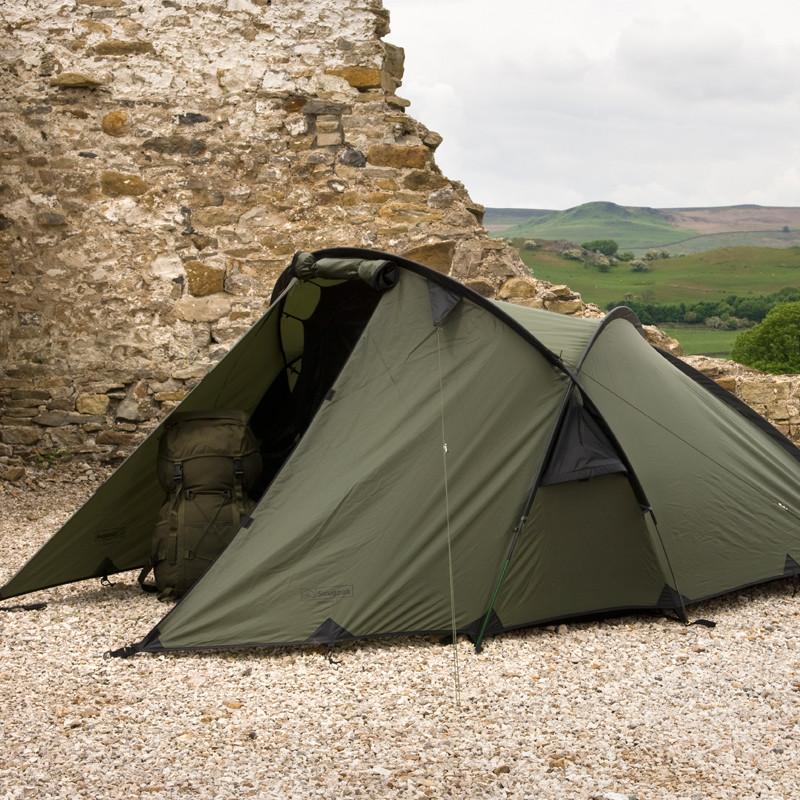
A good tent is your portable home base. Look for one that’s waterproof, lightweight, and built for your environment.
A three-season tent covers most needs, from spring backpacking to fall camping. For alpine or winter treks, invest in a four-season tent designed to handle snow load and strong winds.
Key Tent Considerations
| Feature | Why It Matters |
| Weight | Determines how far and comfortably you can carry it |
| Waterproof Rating (mm) | Anything above 1500mm handles steady rain |
| Ventilation | Reduces condensation inside |
| Setup Type | Freestanding models are faster and easier to pitch |
| Footprint | Adds protection for the tent floor against rocks and water |
Sleeping Bag and Pad
The difference between a restful night and hypothermia can be as simple as the right sleeping bag. Choose based on temperature rating, fill material, and compression.
- Down bags are light and compressible but lose warmth when wet.
- Synthetic bags handle moisture better and are easier to dry.
Pair it with a sleeping pad that provides both insulation and cushioning. Foam pads are durable and cheap, while inflatable pads offer comfort without bulk.
Emergency Shelter
Even with a tent, carry a lightweight bivy sack or emergency blanket. They weigh next to nothing and can save you if conditions shift or you get stranded away from camp.
Fire
Fire has been the universal symbol of survival for as long as humans have roamed the earth. It provides warmth, light, and comfort, and it’s also essential for boiling water or cooking food.
Fire Starters That Work When It Matters
- Ferro rods: Produce sparks even when wet.
- Stormproof matches: Burn through wind and rain.
- Lighters: A simple backup, but store them where they won’t freeze or leak.
A small tin of cotton balls soaked in petroleum jelly can act as a reliable tinder source even after a downpour. Always keep your fire-starting tools in a dry bag or sealed container.
Compact Stove Systems
In many places, open fires aren’t allowed. That’s where a compact camping stove becomes vital. A gas canister stove like the Jetboil or MSR PocketRocket boils water in under three minutes.
For longer treks or off-grid use, a multi-fuel stove can burn white gas, kerosene, or even unleaded fuel.
Pro tip: Always carry extra fuel. Running out in cold weather is very dangerous.
Water
Water keeps you alive, but in the wild, every drop needs to be treated with suspicion. Even the clearest mountain stream can carry bacteria, parasites, or chemical runoff. You need a solid plan for sourcing, purifying, and storing it.
Filtration Systems
- Pump filters: Great for groups, remove bacteria and protozoa.
- Squeeze filters: Compact and quick for solo use.
- Gravity filters: Ideal for base camps; let gravity do the work.
Combine filtration with chemical purification tablets or a UV sterilizer for maximum safety. When every liter counts, redundancy is smart, not excessive.
Water Storage
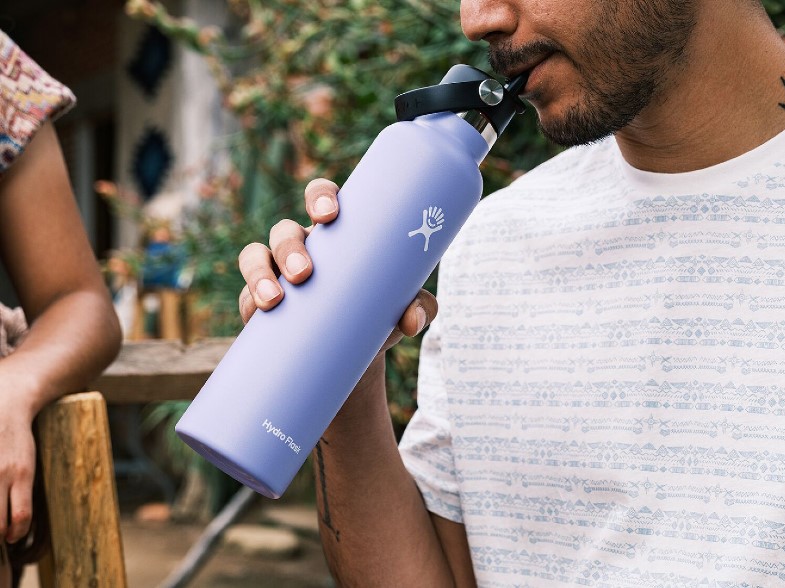
Bring at least two liters of carrying capacity. Collapsible bottles or hydration bladders fit easily into packs. A stainless steel bottle can also double as a boiling vessel if your filter fails.
Food
You can go days without food, but your energy, mood, and decision-making will suffer long before that. Smart meal planning is key to maintaining stamina.
Lightweight and Nutrient-Dense Options
- Freeze-dried meals: Convenient and long-lasting. Just add hot water.
- Energy bars and trail mix: Quick calories when moving.
- Instant oats, pasta, and soups: Great base meals for camp cooking.
Cooking Essentials
A compact cook kit should include:
- Lightweight pot or pan
- Spork or foldable utensil
- Small knife
- Biodegradable soap and sponge
Plan around simplicity. Two hot meals per day are plenty, and you can fill gaps with snacks. Pack a few comfort foods too, a small piece of chocolate or jerky can lift spirits when the weather turns grim.
Tools and Equipment
Survival often depends on your ability to cut, fix, and adapt. Reliable tools make that possible.
Knife and Multi-Tool
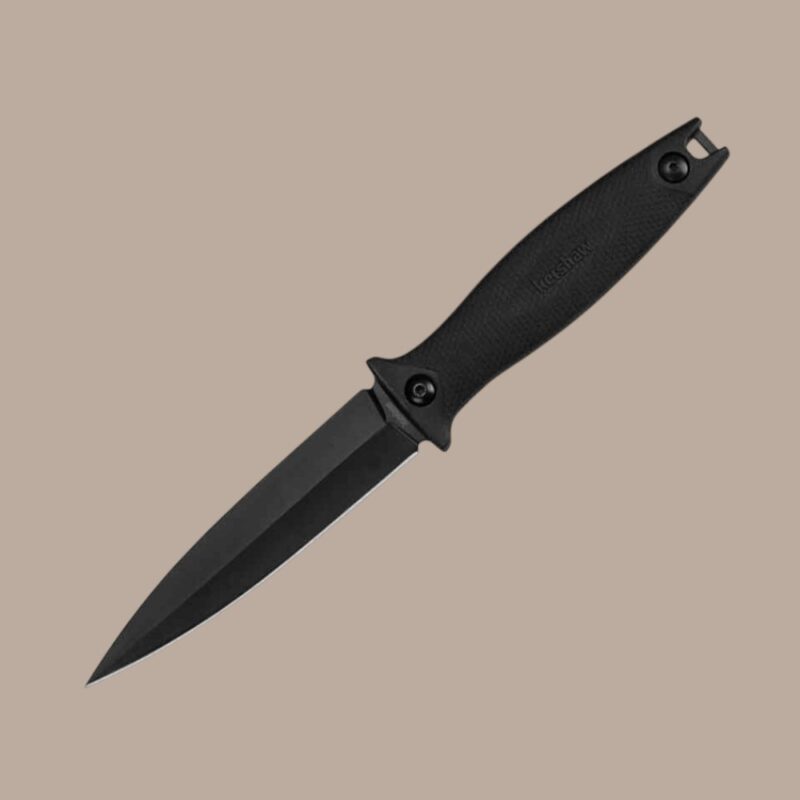
A fixed-blade knife is the cornerstone of outdoor gear. It’s used for cutting rope, preparing food, making firewood, or even building shelter. Keep it sharp, clean, and accessible.
A multi-tool adds flexibility: pliers, screwdriver, scissors, and more in a compact package. Think of it as your portable repair shop.
Navigation Tools
Even in an era of GPS, a map and compass remain essential. Electronics fail, batteries die, but magnetic north never does. Learn how to orient a compass and read topographic lines.
Still, GPS devices and smartphone apps can supplement your setup if used wisely. Always download offline maps before heading out.
Rope and Paracord
Few items are as versatile as paracord. It’s useful for shelter construction, gear repair, or even emergency medical use like securing a splint. A 50-foot length weighs almost nothing but adds massive utility.
Headlamp and Lighting
Night falls fast outdoors. A headlamp keeps your hands free and your path visible. Choose one with adjustable brightness and red-light mode for preserving night vision. Always pack extra batteries.
First Aid and Safety

No one plans for an injury, but everyone should prepare for one. Your first aid kit should be built around the specific risks of your environment.
Must-Have Supplies
| Category | Items |
| Wound Care | Adhesive bandages, antiseptic wipes, gauze pads, medical tape |
| Medication | Pain relievers, antihistamines, anti-diarrheal tablets |
| Injury Support | Elastic bandage, moleskin for blisters |
| Other Essentials | Tweezers, safety pins, small scissors |
Keep it compact, organized, and easy to access. Learn basic wilderness first aid before heading out, especially if you’re leading a group.
Emergency Signaling
If things turn serious, visibility matters. Carry:
- A whistle (three blasts is the universal distress signal)
- A signal mirror
- A small flare or LED strobe
A personal locator beacon (PLB) or satellite messenger can transmit your GPS coordinates to rescuers even without cell service.
Tools for Weather and Terrain Awareness
Nature shifts quickly. Conditions that start mild can turn hostile within an hour.
Weather Protection Gear

Pack a rain jacket, waterproof backpack cover, and small tarp. A compact thermometer or barometer watch helps track pressure drops that often precede storms.
Terrain-Specific Additions
- Trekking poles: Help with balance and reduce knee strain on steep trails.
- Crampons or microspikes: For icy or slippery ground.
- Bug net and repellent: Critical in swampy or humid regions.
- Bear spray or deterrents: Essential in areas with wildlife risks.
Always adjust your gear list to match your route’s demands. What saves you in the Rockies might weigh you down in the desert.
Power and Communication
You can’t rely on phone service in remote areas, but that doesn’t mean you should go completely dark.
Portable Power
Solar chargers and lightweight power banks can keep GPS units, headlamps, or radios running for days. Choose a 10,000–20,000 mAh battery for weekend trips and double that for extended outings.
Communication Options
- Satellite messenger: Sends location and text updates.
- Two-way radio: Handy for group communication when spread out.
- Offline maps on smartphone: Download before the trip and set to airplane mode to save battery.
Hygiene and Waste Management
Maintaining hygiene in the wild is about health. Minor neglect can lead to infection or illness.
Basic Hygiene Items
- Biodegradable soap
- Toothbrush and paste
- Quick-dry towel
- Unscented wet wipes
For longer trips, a small trowel is mandatory for burying waste at least 200 feet from water sources. Always follow Leave No Trace principles to protect the environment.
Gear Only Works If You Do
No piece of equipment replaces skill or awareness. Gear is only as useful as your ability to apply it calmly when things go wrong. Practice before you go out. Pitch your tent in your backyard. Test your stove. Use your compass on local trails.
Confidence outdoors comes from experience layered over preparation. When you know your gear and trust your judgment, every mountain, forest, and desert becomes less intimidating.
Final Thoughts
Survival is about readiness. The wild will always test you, but it also rewards preparation with moments of pure awe that no city can replicate. With a solid setup: shelter, fire, water, food, tools, and first aid, you carry not just safety but self-reliance on your back.
Pack smart, think ahead, and treat every piece of gear as part of your lifeline. The great outdoors demands respect, but for those who meet it prepared, it gives back more than it takes.

